The MGH invite you to join us on a trip through 200 years of medieval research history: The series “Treasures of the MGH Library and Archive” presents a treasure trove of rare and fascinating items illustrating key moments of our history. Enjoy discovering!
On September 30, 1943 at exactly 9:45, German soldiers set fire to the rooms of the Villa Montesano in the hills behind Naples. At that time, the building was being used to store the most valuable materials rescued from the State Archive of Naples: altogether 866 wooden crates and further unpacked archival material. In just a few minutes the Villa went up in flames. The soldiers were probably not even aware that they had just destroyed the only surviving original register of the last Hohenstaufen emperor, Frederick II (1192-1250).
As is well known, Emperor Frederick II spent the greatest part of his life in modern-day Italy. His chancery produced a large volume of documents pertaining especially to Southern Italy including invoices and numerous registers. Most of this material was already lost during the Middle Ages. Some 214 documents for the years 1230 to 1248 were preserved in parchment digests made by the Anjou kings of Naples for their second seat of government in Marseilles around 1300. One single original imperial register had survived until that fateful day: a cotton-paper manuscript measuring ca. 19 cm in width and 26 cm in height.
The MGH planned a critical edition of this unique source for the history of the Hohenstaufen and first entrusted the task to Eduard Sthamer (1893-1938), a librarian and archivist at the Prussian Akademie der Wissenschaften in Berlin. However, Sthamer died unexpectedly of a heart attack leaving his edition unfinished. The completion of the edition was then handed over to Wilhelm Heupel (1914-1943), a MGH editor working in the section Epistolae since 1938. Heupel had the imperial register photographed in 1940 for this purpose, but was shortly thereafter drafted for military service and lost his life. His photographic documentation of the manuscript was not part of the MGH material brought from Berlin to Bavaria after the war, but ended up instead in the East German Akademie der Wissenschaften in East Berlin. In 1992, following the German reunification, it was handed over to the MGH archive in Munich.
The page on display is folio 117r according to the new foliation – the earlier page numbers 116 and 114 are clearly visible in the left-hand margin. It is the first page of the second quire with the registers from the beginning of October 1239. The top and the right side of the page are so severely damaged that some passages are impossible to reconstruct despite parallel text transmissions. Not even the name of the addressee is known, but he was presumably an official in Sicily, as is indicated by the names of the cities mentioned in the text: Messina and Augusta. The latter bore the name Augusta to commemorate Emperor Frederick II himself, who had founded the city as a naval base through forced resettlement in the early 1230s. In this missive, the emperor answers concrete questions about castells, herds, and the appointment of notaries, advocates and others. Regarding the envoys who commuted between the imperial court and the recipient of this letter, Frederick advises that they should only be modestly paid, admonishing the addressee that 20 ounces of gold was definitely too much: non tales tamen, quales Iohannem Cioffi facere cohegist[i] ad mandatum tuum nuntio tuo ad nostram presentiam destinato, viginti uncias auri. At the bottom of the page there is a note by an archivist dating to the year 1786.
Thanks to Heupel’s photographs, the MGH was able to provide an important contribution to the new edition of the imperial registry by Cristina Carbonetti Vendittelli, which otherwise had to rely on earlier manuscript and printed copies. The new edition with a comprehensive commentary and indexes was published by the Istituto Storico Italiano per il Medio Evo in 2002.
A. Marquard-Mois
Click here to view this unique document from the MGH archive online.
Lern more about this treasure of the MGH archive in: Karl Borchardt in: Mittelalter lesbar machen. Festschrift 200 Jahre Monumenta Germaniae Historica, 2019, S. 88-90


